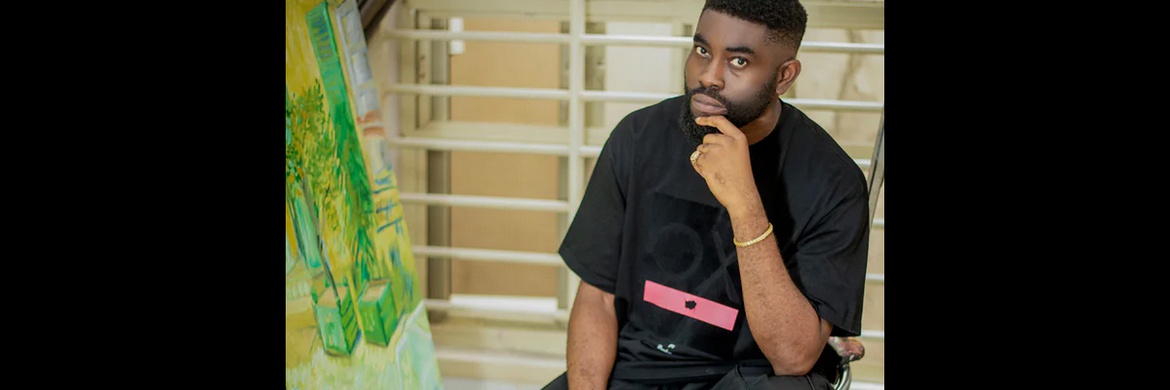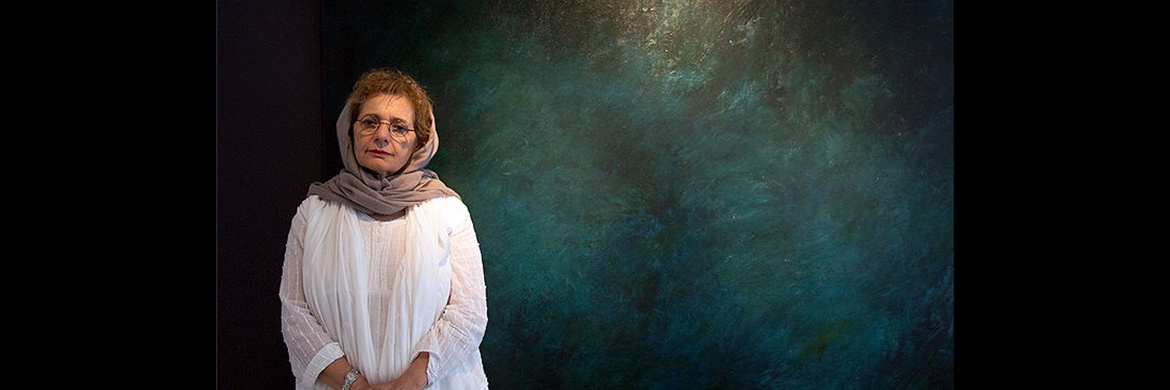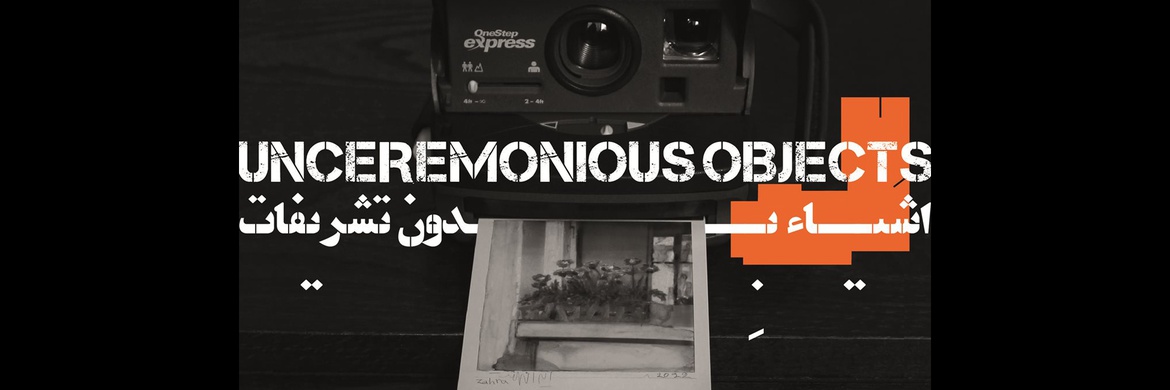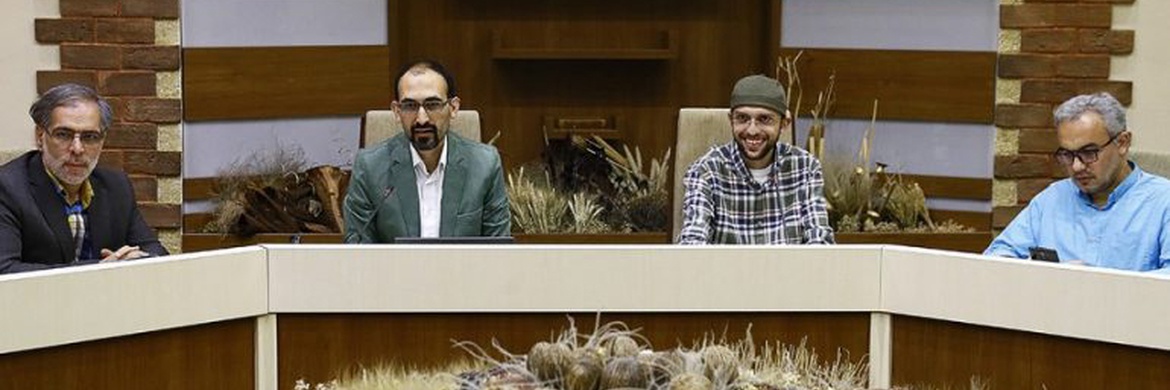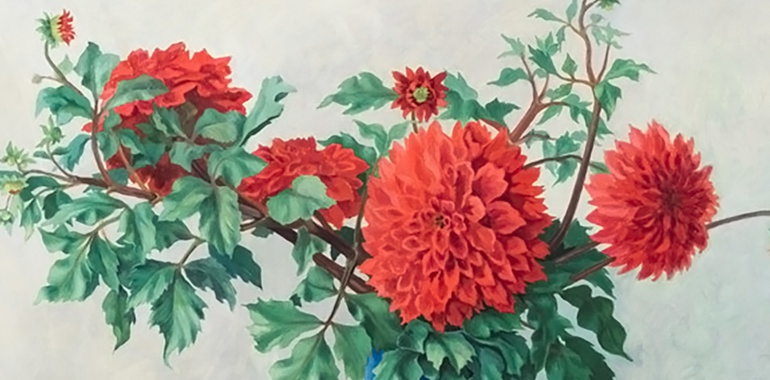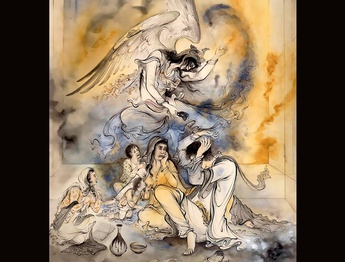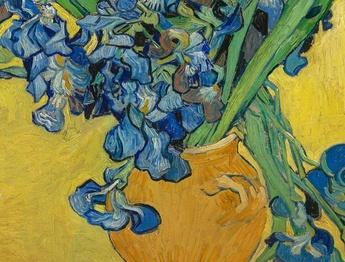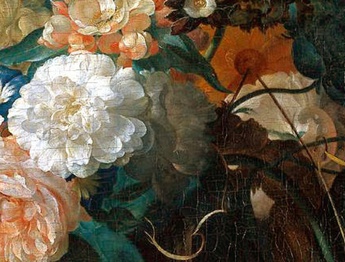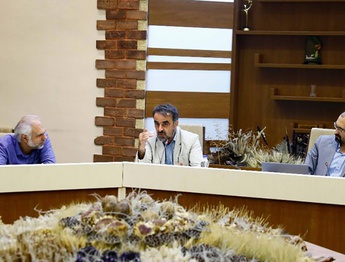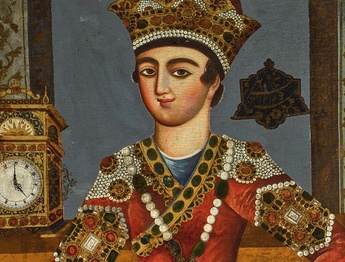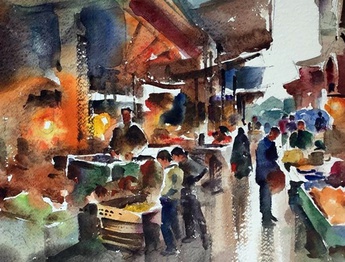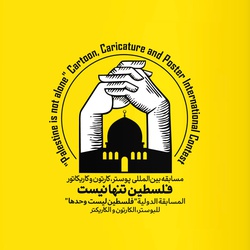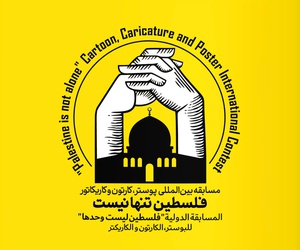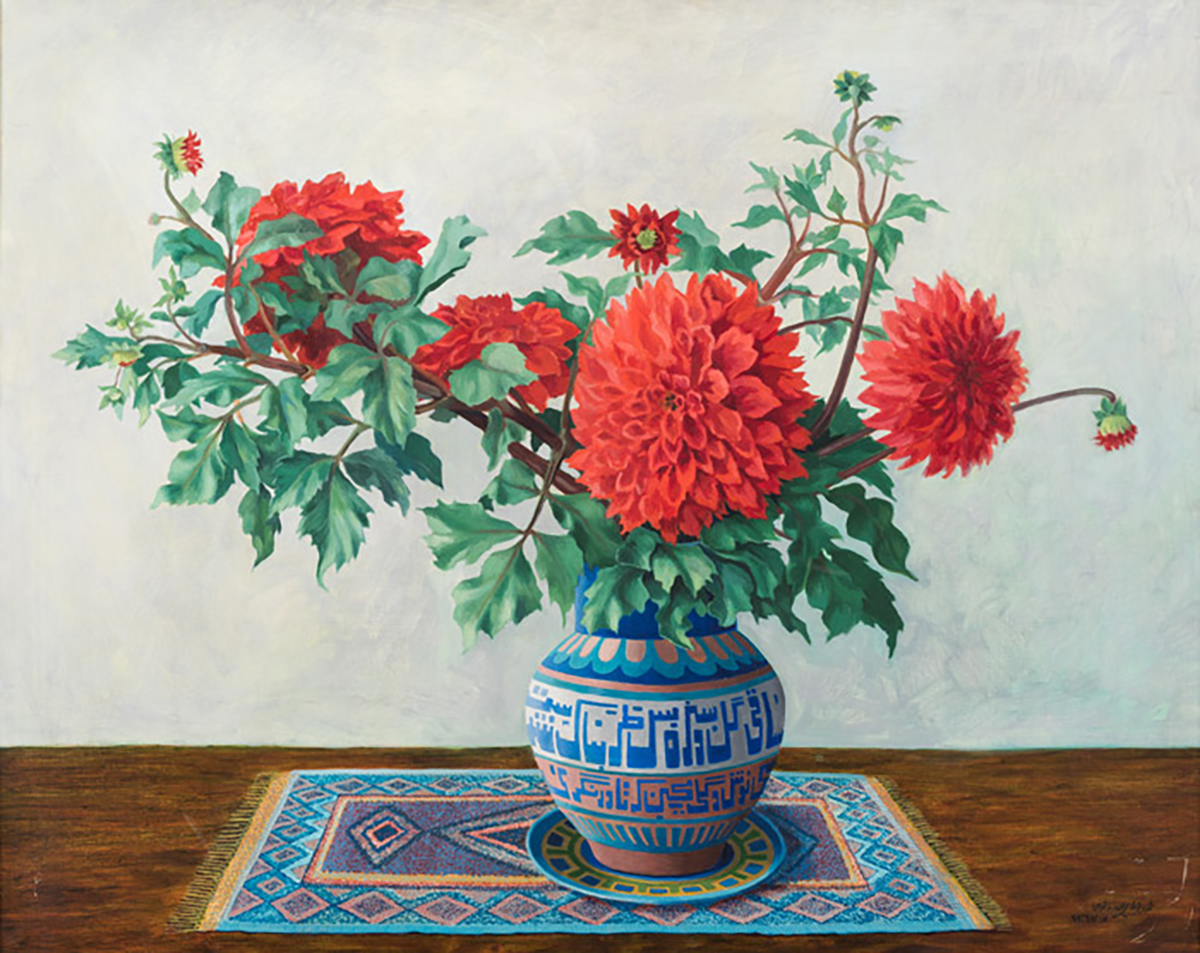
Javadipour has been honored as one of the first founders of Iran's modernist painting movement
"Mahmoud Javadipour" was a painter, graphic artist and one of the pioneers of modern art in Iran. He was active in the fields of graphics, painting, illustration and hand printing, and he also taught at Tehran University and Fine Arts Academy.
Javadipour has been honored as one of the first founders of Iran's modernist painting movement. The works of this artist are kept in some museums in Iran and America. He pursued his studies at the Faculty of Fine Arts in Tehran and the Academy of Fine Arts in Munich.
The subject of the work in the front panel is the colorful daffodils, which are arranged in a vase with a colorful glaze and placed on a table with a traditional design. By removing any kind of depth, the painter keeps the audience's gaze on the subject of the painting; As if flowers and vases as a thematic principle are the only thing to be seen. Eliminating the edges of the painting and paying attention to the main generalities is one of the prominent features of Javadipour's paintings, which can also be seen in his landscapes and figurative paintings. Placement of large daffodil flowers with green leaves on a bright background adds an extra effect. This process is repeated in the lower part of the work due to the vase and the colorful tablecloth, which have a relatively similar color palette, placed on the brown background of the wooden table. As an intermediary, the vase plays the role of connecting the two bright spaces of the background of the flower and the table, and its dominant blue and white coloring makes it possible for the eye to move from top to bottom in a calm and eye-catching manner.
Although the painting is a representation of a daily scene at first glance, the use of Iranian elements turns the painting into a symbolic and suggestive element. As one of the metaphors of Persian literature, the flower represents the lover whose stay is not permanent. On the other hand, it is reminiscent of the tradition of Iranian paintings of flowers and chickens, which this time is depicted in a new and flourishing way. A clay jar-like pot with a colorful glaze is a symbol of physical life for Iranians, as if the clay body of a person traps the soul inside and makes it possible to stay in the valley of the world for two days.
The metaphor of meaning between flowers, vases and the passage of time in this poem finds an allegorical expression in the representation of fresh and red flowers in Javadipour's painting. The calligraphy of verses on the body of the vase is also a reminder of Javadipour's valuable experiences in the graphic art of the 30s to 50s, which brought a special type of font design, and the painter has mentioned it once again in this work. In this way, Javadipour paints a curtain that is not only derived from his experiences in different periods of creating an artwork, which is well borrowed from the culture of his native land; As he himself said: "Art must be rooted in the ethnicity, culture and language of nations."
Prepared and arranged by: Narges Saheb Ekhtiari
